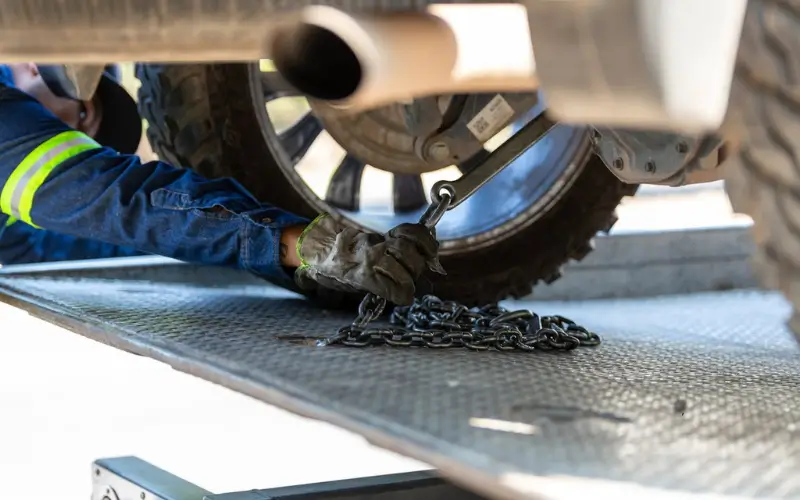The independent landlord’s role will change in 2025. Rising property costs, changing tenant expectations, and more volatile rental markets call for landlords to be more flexible, orderly, and responsive than they have ever been. Many, though, are working alone—that is, without the help of a conventional property manager.
The welcome news is that dealing with your rentals has never been easier with the correct do-it-yourself landlord tool.
Digital systems have made self-management a viable possibility—even for individuals with several properties—from rent collecting to maintenance managing, tenant screening, and clear financial records for tax time. Easy-to-use landlord software is the most useful tool if you want to keep organized in 2025 and control and save property management expenses.
Why DIY Landlords Are on the Rise in 2025
The property management landscape has changed. Here’s why more landlords are going DIY:
Cost savings: Management companies typically charge 7–10% of monthly rent, which can add up quickly.
Access to tools: Affordable and intuitive software tools now cover most of what property managers use to handle manually.
Tech-savvy generations: Landlords under 50 are increasingly comfortable with automation and app-based tools.
Transparency: DIY landlords want full visibility into tenant interactions, cash flow, and property performance.
Better tenant relationships: When landlords manage their units, they often build stronger, more direct connections with tenants.
All of this is made possible by a new generation of easy landlord software platforms that simplify every aspect of rental management—from lease creation to rent collection and beyond.
Features to Look for in Easy Landlord Software
If you’re considering going the DIY route, the right software makes all the difference. Here’s what to look for in a tool that can genuinely support your day-to-day landlord tasks:
1. Online Rent Collection: Automated rent collection not only saves time but also ensures consistent, on-time payments. Look for options with direct deposit, payment tracking, and tenant reminders.
2. Digital Lease Management: Being able to create, store, and sign leases digitally is essential. Some platforms even include lease templates that align with your state or region.
3. Expense Tracking and Reporting: Managing property finances manually can lead to errors. Good software will let you categorize income and expenses, attach receipts, and run financial reports—perfect for tax season.
4. Maintenance Tracking: DIY landlords need a simple way to handle repairs. A maintenance portal allows tenants to submit requests and landlords to track them, assign vendors, and maintain a record of completed work.
5. Mobile Access: Look for software that has a responsive web interface or a dedicated mobile app, allowing you to manage properties anytime, anywhere.
6. Tenant Communication Tools: Direct messaging, automated notices, and file sharing make tenant-landlord interactions smoother and more professional.
7. Banking or Financial Integrations: Some platforms offer built-in banking features or integrations with financial accounts to help you separate business and personal funds easily.
Benefits of Managing Rentals Without a Property Manager
Choosing to self-manage with software means embracing autonomy and responsibility. Here are some key benefits:
Higher Profit Margins: You eliminate recurring management fees and retain more rental income.
More Control: You handle tenant selection, set the tone for communication, and have the final say on repairs and policies.
Direct Oversight: You gain real-time insights into your property’s performance without relying on third-party reports.
Flexibility: Flexibility lets you scale your portfolio at your speed and modify solutions to fit your workflow.
Improved Decision-Making: Access to data dashboards and reports helps you to make strategic renting decisions.
A Look at Baselane: A Finance-First Option for DIY Landlords
Among the more recent offerings on the market, Baselane has attracted interest in its original approach, which is integrating banking services with rental property management. It addresses one of the most recurring issues for landlords: financial clarity, not trying to be a one-size-fits-all tool.
Fundamentally, Baselane functions as a hybrid between a financial dashboard and landlord software. It lets landlords track rent automatically, precisely control income and expenses, and create separate accounts for every property. This distinction can be revolutionary for landlords accustomed to combining rental money with personal income into the same bank account.
It simplifies record-keeping and provides clear visibility into how each unit is performing.
One of the platform’s strengths is how it streamlines bookkeeping. Expenses can be categorized automatically or manually, receipts can be attached to transactions, and detailed reports can be exported during tax season. It’s especially useful for landlords juggling multiple properties or those who want to maintain clean books without hiring an accountant.
For independent landlords who want something more than just spreadsheets but still need something, Baselane also offers just enough property administration tools, including rent-collecting features and digital lease storage.
Its no-nonsense interface and focus on enabling landlords to make wiser financial decisions set it apart. It emphasizes offering landlords the tools they need to handle rentals like a business, not bombarding you with extraneous features.
Who Should Use DIY Landlord Software?
While software can help any landlord stay organized, it’s especially useful for:
- First-time landlords who need guidance but want to stay hands-on.
- Landlords with 1–10 units who want a scalable, low-cost management solution.
- Remote landlords who manage properties from afar and need digital accessibility.
- Landlords without property managers who are comfortable taking on direct responsibilities.
Even experienced landlords using Excel or pen-and-paper methods often find switching to digital software saves hours every month and reduces costly mistakes.
Conclusion
The emergence of do-it-yourself landlord tools has let property owners fully control their investments without compromising professionalism or efficiency. Whether you oversee one property or a developing portfolio, the correct simple landlord tool will help you to keep track, pay rent on schedule, and handle maintenance—without involving a third party.
Baselane’s platforms demonstrate how simple self-management may be. Even single landlords may run like pros in 2025 with the correct digital stack—increasing their returns and streamlining daily tasks.
There is never a better time than right now if you have been thinking about removing the intermediaries. Landlord software is designed for DIY investors who are ready to take complete control of their rental business, and it is not only for the pros.




